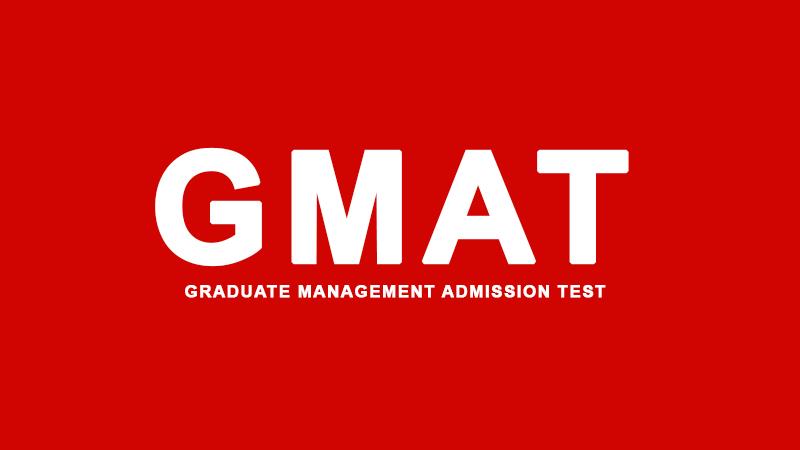GMAT Quantitative: Overcoming Geometry Challenges

Overcoming geometry challenges in the GMAT Quantitative section requires a combination of understanding key concepts, strategic problem-solving approaches, and effective time management. Here are strategies to tackle geometry problems on the GMAT:
1. Master Key Geometry Concepts:
1. Triangles:
- Understand properties of special triangles (e.g., 30-60-90, 45-45-90).
- Familiarize yourself with the triangle inequality theorem.
2. Circles:
- Know circle properties, including central angles, inscribed angles, and circumference formulas.
- Understand the relationship between arc lengths and central angles.
3. Quadrilaterals:
- Be familiar with properties of common quadrilaterals (e.g., squares, rectangles, parallelograms).
- Understand the sum of interior angles in polygons.
4. Coordinate Geometry:
- Practice plotting points on a coordinate plane.
- Understand slope, distance formula, and equations of lines.
2. Use Visualization Techniques:
1. Draw Diagrams:
- Visualize geometric shapes by drawing them on scratch paper.
- Label angles, sides, and relevant information.
2. Use Proportional Diagrams:
- Create proportional diagrams for similar triangles or other geometric relationships.
- Visual aids can simplify problem-solving.
3. Employ Strategic Problem-Solving Techniques:
1. Look for Patterns:
- Identify patterns or symmetries in geometric figures.
- Patterns can provide shortcuts or reveal relationships.
2. Consider Special Cases:
- Test special cases when applicable.
- Substituting numbers or considering extremes can help verify solutions.
3. Utilize Answer Choices:
- Plug answer choices back into the problem to verify the correct solution.
- Eliminate unrealistic choices to narrow down options.
4. Practice with Official GMAT Questions:
1. Review GMAT Prep Materials:
- Focus on official GMAT questions to get a sense of the test's style.
- Analyze solutions and understand the reasoning behind correct answers.
2. Timed Practice:
- Simulate test conditions with timed practice sets.
- Develop the ability to solve problems efficiently within the allocated time.
5. Build a Strong Foundation:
1. Revisit Fundamentals:
- Review basic geometry concepts regularly.
- Ensure a strong foundation in fundamental principles.
2. Comprehensive Study Materials:
- Use comprehensive GMAT study materials that cover geometry extensively.
- Books, online resources, and prep courses can provide a well-rounded understanding.
6. Manage Time Effectively:
1. Prioritize Questions:
- Identify easier questions that can be solved quickly.
- Don't spend too much time on a single challenging problem.
2. Skip and Return:
- If a geometry problem seems too time-consuming, mark it and move on.
- Return to it if time allows after completing other questions.
7. Seek Additional Resources:
1. Online Tutorials:
- Explore online tutorials and video lessons that explain geometric concepts.
- Visual aids and step-by-step explanations can enhance understanding.
2. Peer Discussions:
- Discuss challenging problems with peers or tutors.
- Different perspectives can provide valuable insights.
Remember, consistency is key in overcoming geometry challenges on the GMAT. Regular practice, targeted review, and a strategic approach to problem-solving will contribute to improved performance in the quantitative section.




